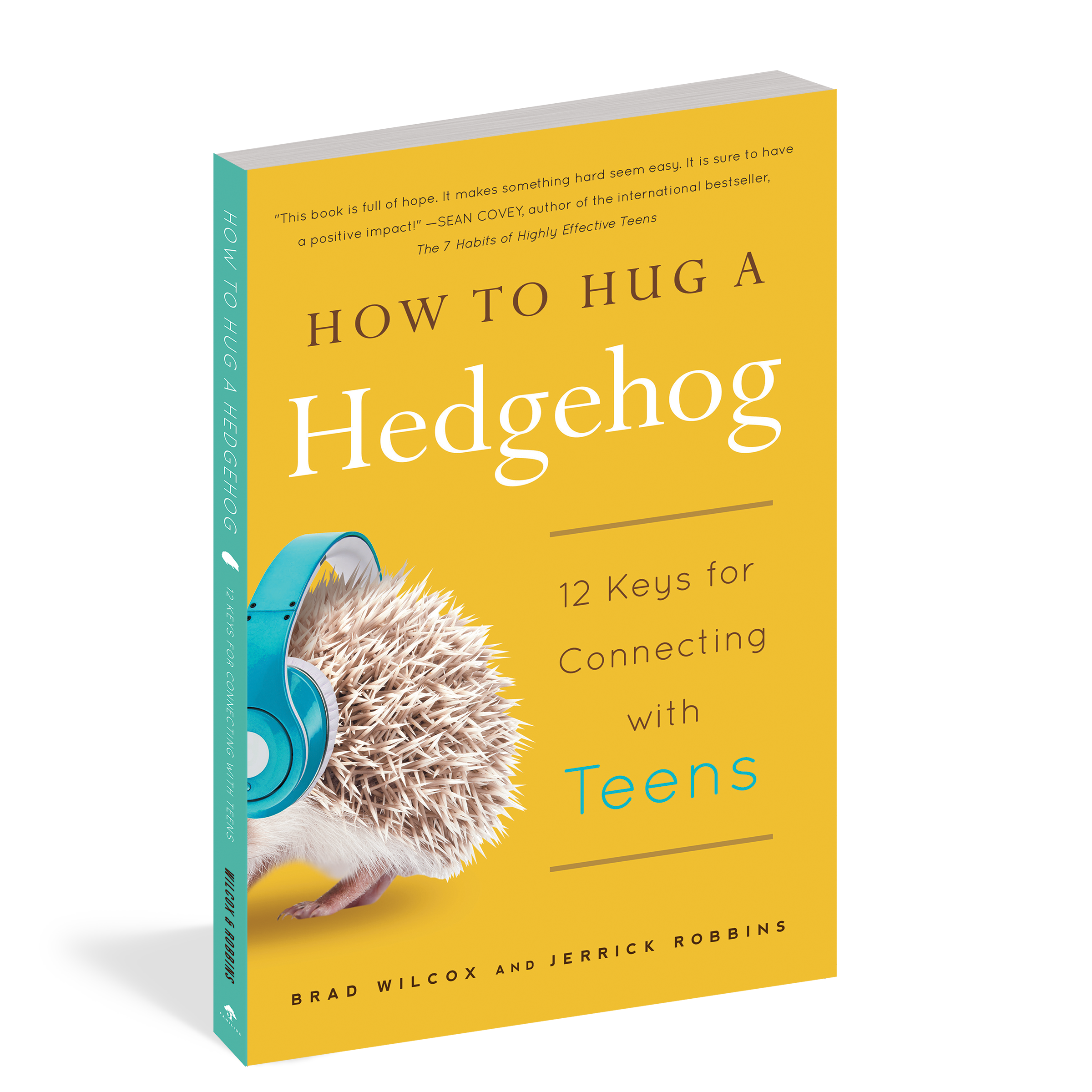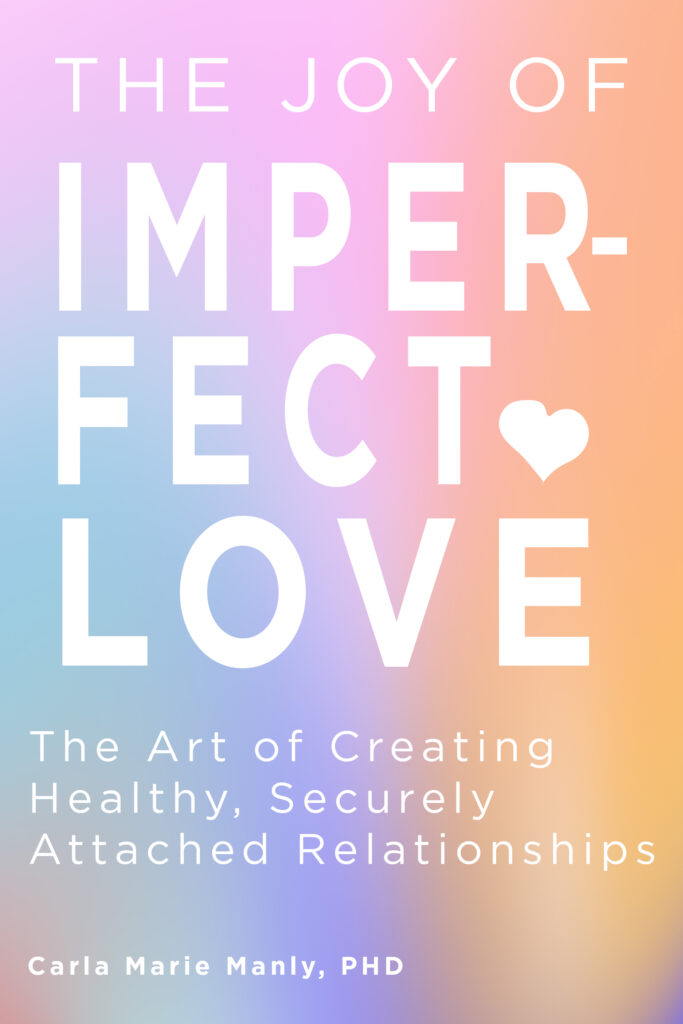
Do You Pass the Bird Test?: How Being Attentive Can Save Your Relationship
Failing the bird test doesn’t mean the end of your relationship. Instead, it’s the start of building a more attentive, connected relationship.
It’s a misconception that relationships need grand gestures. Often, it’s the little things that matter, like getting excited over a bird.
Are you being attentive in your relationship? Are you responding to your partner’s bid for connection? There’s one way to find out: the bird test.
How It Works
The bird test is actually super simple. One partner tells the other to look at something insignificant while they’re out together, like a bird. How the other person reacts to their partner’s excitement is the gauge you can use to test how attentive they are in the relationship. Does the partner simply look at the bird and then return their attention to their partner? Do they match the partner’s excitement? Do they act irritated, annoyed, or indifferent?
While the bird test is usually used to test your partner, it’s just as effective on yourself. Think back. How have you responded to your partner’s bids for connection, their “birds?” How has your partner felt about your reactions?
This test can be applied to a multitude of daily moments, like getting your nails done, buying new tools, or finding a shiny rock. And it works on all types of relationships, not just the romantic kind.
What Your Results Mean
Depending on the reaction, the person who initiated the test may interpret their partner’s response as an indicator of their level of attentiveness, respect, and consideration in the relationship.
These are the three most common responses to the bird test and what they may say about someone:
“Wow, that’s a cool bird!”
If the partner happily complies and shares in the observation, it could be said that they are attentive and engaged. Willingness to match their partner’s energy, even if they don’t share the interest, is always a positive sign.
“Yeah, cool.”
If your partner responds with indifference, barely acknowledging your request or showing little interest in observing the bird, it might suggest they are preoccupied or disengaged. This response could indicate that they may not prioritize shared experiences or may not be fully present in the moment. In the extreme, it could also signal a lack of attentiveness or consideration for your interests and desires in the relationship.
“Why do you care about a bird?”
If the partner shows irritation or frustration at being interrupted or asked to participate in observing the bird, it could indicate underlying tension or dissatisfaction. Whatever the case, this response might raise questions about their willingness to prioritize their partner’s interests or needs. Are they not receptive to your attempts at connection, or are they experiencing stress or discomfort in the relationship? Is it a communication issue or a difference in priorities?
Does the Bird Test Really Work?
Psychologists agree that while the bird test can highlight aspects of a relationship and indicate potential issues, it’s not a definitive measure of a person’s character or the quality of a relationship. First you need to consider the mood, context, and person’s personality traits. And most importantly, one test should absolutely not be used to make sweeping judgments about a person or relationship. Communication and trust are key in any relationship, and open dialogue about needs and expectations is often more productive than relying solely on tests like this.
How to Be Attentive In Your Relationships
One failed bird test isn’t the end of a relationship. Instead, it’s the start of better communication and happier families. So now that you’ve gotten your bird test results, how can you be more attentive in your relationships?
1. Listen
It goes without saying that the first step to being attentive is listening. When you’re with your partner, make a conscious effort to put aside your own thoughts and actually focus on what your partner is saying. Without interrupting, without thinking about yourself or what you want to say, actively listen.
2. Put Away Your Phone
Sometimes it’s not that we don’t care, it’s that we’re distracted. Phones, work, books, and just life in general can easily get in the way of being attentive. Put away any distractions so that you can give your partner your undivided attention.
3. Express Affection
Rather than waiting for your partner to show you a bird, try your hand at noticing it first. Show your partner that you care through small gestures of affection, such as holding hands, giving hugs, or leaving thoughtful notes. These actions can help reinforce your emotional connection and make your partner feel loved and appreciated.
4. Ask Questions
Even if you can’t see the bird your partner is trying to show you, people love being asked about the little things. Ask questions about their day, their interests, and their feelings. This shows that you value their thoughts and experiences and want to understand them better. However, this works the best if you actually remember the important details.
5. Be Responsive
Don’t hesitate to act on the things you learn about your partner. If they express a desire for more quality time together or ask for help with something, make an effort to accommodate their needs and show that you’re attentive to their concerns.
By taking these steps to become more attentive in your relationships, you’ll be on your way to passing more bird tests than the ones you fail.
Have More Attentive Conversations with These Books

Want a Hug?

How to Hug a Hedgehog

The Joy of Imperfect Love
Shaelyn Topolovec earned a BA in editing and publishing from BYU, worked on several online publications, and joined the Familius family. Shae is currently an editor and copywriter who lives in California’s Central Valley.
